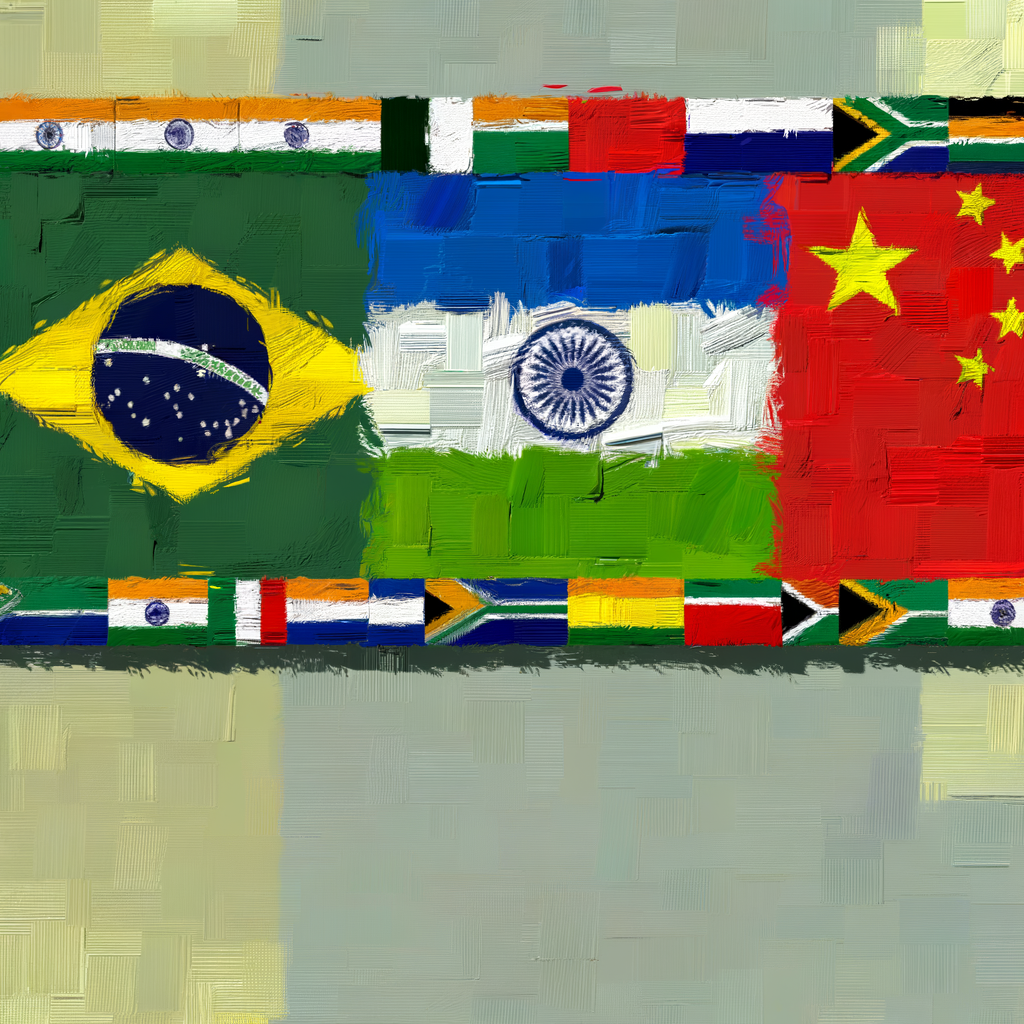Analyzing Political Divides Within BRICS: Challenges
In recent years, the BRICS nations—Brazil, Russia, India, China, and South Africa—have become a focal point for global economic and political discourse. Formed as a coalition designed to challenge Western dominance in global affairs, BRICS has undoubtedly grown in influence. However, beneath the surface, a multitude of political divides threatens the group’s cohesion. This article delves into these divides, examining the challenges they present to the BRICS alliance.
The Foundation of BRICS: A Quick Overview
BRICS was established with the aim of fostering cooperation among emerging economies, providing a counterbalance to institutions like the G7. The member countries share common goals such as economic development, innovation, and reform of international financial institutions. Yet, while these objectives unite the BRICS nations at a macro level, differences in political landscapes and priorities reveal significant internal rifts.
Key Political Divides
1. Divergent Political Systems and Ideologies
The BRICS nations are characterized by their diverse political systems. India and Brazil operate as democracies, whereas China and Russia are more autocratic, and South Africa stands somewhere in between. These differences lead to varied approaches in governance and policy-making, complicating efforts for unified decision-making.
– Democratic vs. Autocratic Governance: The governance styles influence how each nation addresses issues such as human rights, freedom of speech, and political dissent, impacting their collective diplomatic strategies.
2. Economic Disparities
While BRICS countries are united by rapid economic growth, their economic statuses differ significantly. China stands as the world’s second-largest economy, while South Africa is much smaller by comparison. This disparity fosters different economic priorities and policies, complicating economic integration and cooperation.
– Economic Priorities: For instance, China may prioritize industrial expansion, whereas Brazil may focus on agricultural development, leading to conflicts in trade negotiations and economic policies.
3. Geopolitical Rivalries
Geopolitical tensions are palpable within BRICS, particularly between India and China. Their longstanding border disputes have occasionally escalated into military confrontations, straining the diplomatic fabric of the group. Russia’s growing isolation due to its actions in Eastern Europe further complicates collective geopolitical strategies.
– Regional Conflicts: Such conflicts hinder the group’s ability to present a united front on international issues, as national interests often override collective goals.
Challenges Facing BRICS
Given these divides, BRICS faces several challenges that threaten its long-term viability and effectiveness:
– Coordination and Consensus-Building: The lack of a unified political framework makes it difficult to reach consensus on critical issues, limiting the group’s ability to implement cohesive strategies.
– Relevance in Global Politics: As global dynamics shift, maintaining relevance requires more than economic prowess. Political unity is essential for influencing global governance effectively.
– Institutional Development: While BRICS has established institutions like the New Development Bank, further institutional development is needed to solidify its position as a formidable global entity.
Conclusion
BRICS stands at a crossroads, with its future hinging on the ability to bridge these political divides. While economic factors initially drove the alliance, political cohesion is crucial for sustained influence on the global stage. Navigating these challenges requires a delicate balance of respecting national sovereignty while fostering a cooperative spirit. If BRICS can manage these internal tensions, it holds the potential to redefine global power structures. However, failing to do so may render it a mere symbolic entity, overshadowed by unresolved political divides.



